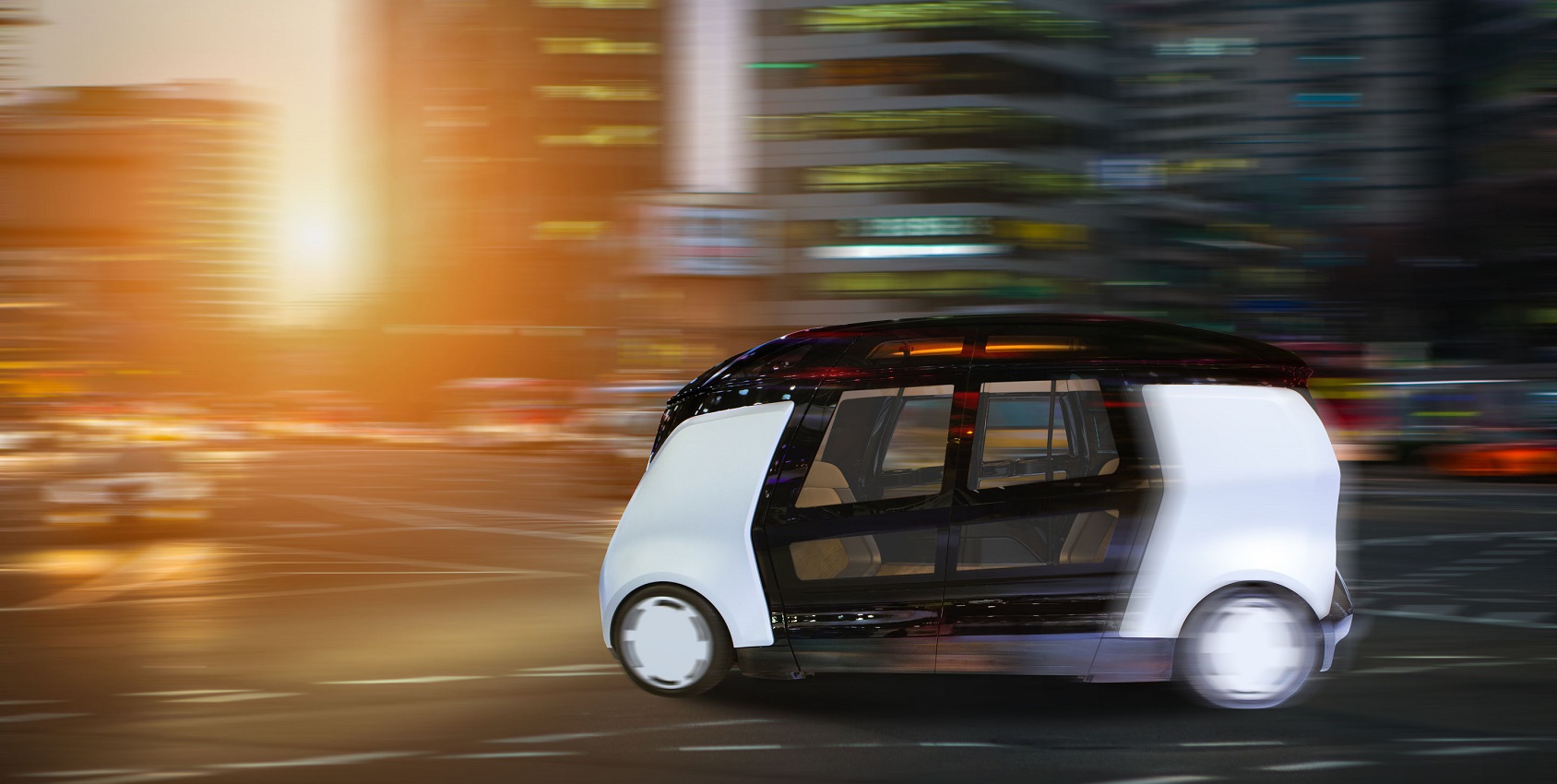INIT
Blog & Podcast

The dawn of autonomous fleets in public transportation raises questions of funding, safety, ownership, and how public transportation as an institution will ultimately change as a result of the technology.
Skeptics and supporters alike can agree – autonomous vehicles (AVs) will continually be researched, tested, funded, and eventually rolled out to the public in the decades to come. So, what can transit agencies do about it today?
Firstly, let’s educate ourselves about AV technology: the benefits and setbacks it entails now and in the future. Then, we can evaluate what solutions are needed to safely and efficiently manage AVs in mass transit.
The AV Effect
Naturally, one of the first considerations is the social impact driverless fleets will have on drivers. It’s important to also consider that with AVs, agencies could run a higher number of vehicles for the same cost while significantly increasing jobs related to servicing and maintenance – an economic win. Not to mention, the overall social and environmental impact these vehicles could have in both the short- and long-term is worth noting.
AVs have the potential to drastically improve traffic safety as human error is eliminated from the driving equation. It also has the potential to help make mobility more accessible to demographics who might not currently drive or take public transit due to age or disability. Finally, AVs reduce the costs and environmental impact associated with congestion, energy and land use.
Autonomous first and last-mile services that bring travelers to and from transit hubs have the potential to make public transit more convenient and accessible while boosting ridership and revenue – with minimal new infrastructure. Service providers can also cost-effectively reach new service areas that may not be suitable for larger vehicle transportation.
The Requirements for AVs in Public Transit
The ability to integrate with public transit back end systems to synchronize schedules and optimize service performance is key to integrating AVs. That’s why Bestmile and INIT recently announced a partnership to incorporate driverless vehicles into public transportation in order to provide fully integrated mobility solutions.
The companies will collaborate closely to integrate their respective backend software platforms to offer turn-key solutions that allow transit agencies to seamlessly connect autonomous mobility services with mass transit transportation networks.
Bestmile offers the only mobility services cloud platform that has demonstrated the ability to manage autonomous vehicle-agnostic mobility services with multi-modal integration in public transit. With more than 35 years of experience, INIT has a unique understanding of public transit. This know-how is crucial for integrating innovative mobility offers into a strong mass transit backbone.
Together, the companies will develop mobility solutions for driverless vehicle fleets incorporated into traditional transportation systems, including key components required in today’s modern public transport environments such as real-time traveler information systems, planning or ticketing.
Through the AV solution, dispatchers in the control center will be able to track all transportation services comfortably within one monitoring system, which is the only way to efficiently integrate first-mile / last-mile services into the core business of transit agencies. The partnership between Bestmile and INIT allows smart transit providers to strive for service excellence while making mass transit the strong backbone of a cities’ mobility solution.
The Future of Autonomous Mobility
The role of autonomous vehicles in public transportation has the potential to revolutionize the way we move through our cities in the future. Understanding how we can safely and efficiently manage these modes of mass transit is vital. Using integrated technologies and advanced backend operating systems will be key to achieving a lasting solution for AVs. As they continue to emerge, our roles, and technology will adapt to better define the future of autonomous mobility.